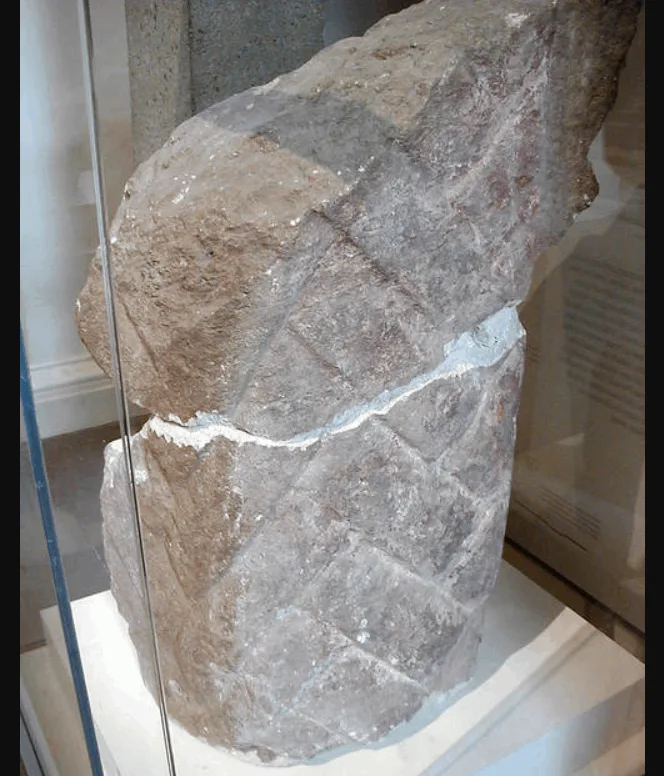One of the most iconic monuments in Egypt can be found just outside of Cairo.
Let’s take a closer look at some of the most interesting facts about the Great Sphinx of Giza.
1. It’s located in the Giza Necropolis
The Great Sphinx of Giza is a huge statue located in the Giza Necropolis which also houses the two largest pyramids that were ever built in Ancient Egypt, the Great Pyramid of Giza and the Pyramid of Khafre.
This necropolis is located on the west bank of the River Nile in the city of Giza which is located just outside of Cairo, the capital of Egypt. The statue is facing directly West to East, looking away from the pyramids.

2. The statue is much larger than you would expect
One of the most remarkable facts about the Great Sphinx of Giza is that it’s actually really big. It has a total length of 73 meters (240 feet) measured from its paw to its tail and stands about 20 meters (66 feet) tall from the base to the top of its head.
The size of the statue is emphasized by the fact that it’s the oldest monumental statue of Ancient Egypt, even though it’s dwarfed by the colossal size of the nearby pyramids which makes the Sphinx look smaller than it really is.

3. The sphinx represents a mythical creature
The colossal Sphinx was carved right out of the bedrock of the plateau it’s located on. It’s supposed to represent a mythical creature that has a lion’s body and a human face, referred to as a “Sphinx.”
The lion is depicted in a reclining position with its paws stretched out in front of it.
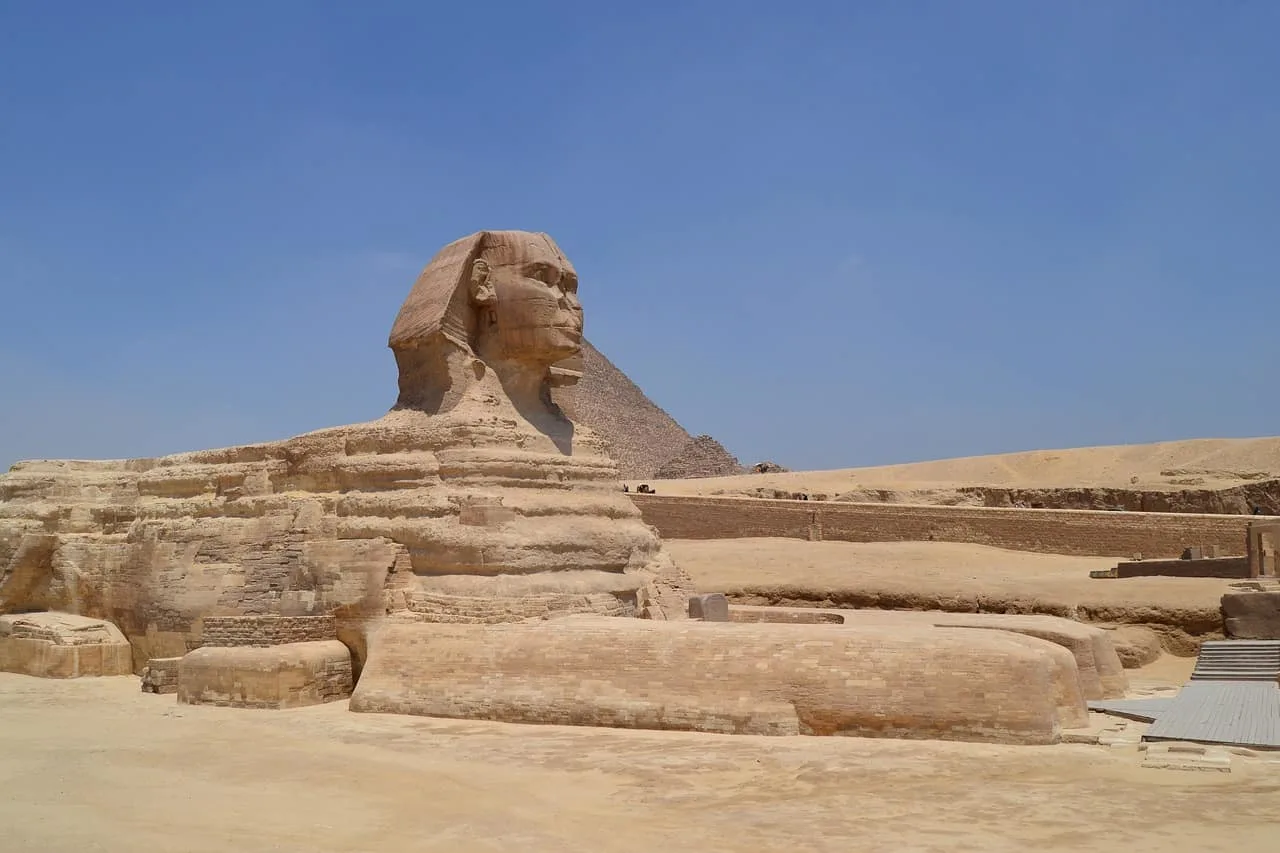
4. It was probably built during the Old Kingdom
Another one of those interesting facts about the Great Sphinx of Giza is that it’s really an enigma. The general consensus is that it was built during the Old Kingdom which lasted from around 2868 until 2181 B.C.
The common theory claims that it was built at around the same time that both the Great Pyramid and the Pyramid of Khafre were built, and more specifically during the reign of Pharaoh Khafre (2558–2532 B.C.)
This theory, however, isn’t universally accepted as there are more theories floating around, some claiming the Sphinx is even older than that, predating the 4th Dynasty (2613–2494 BC).
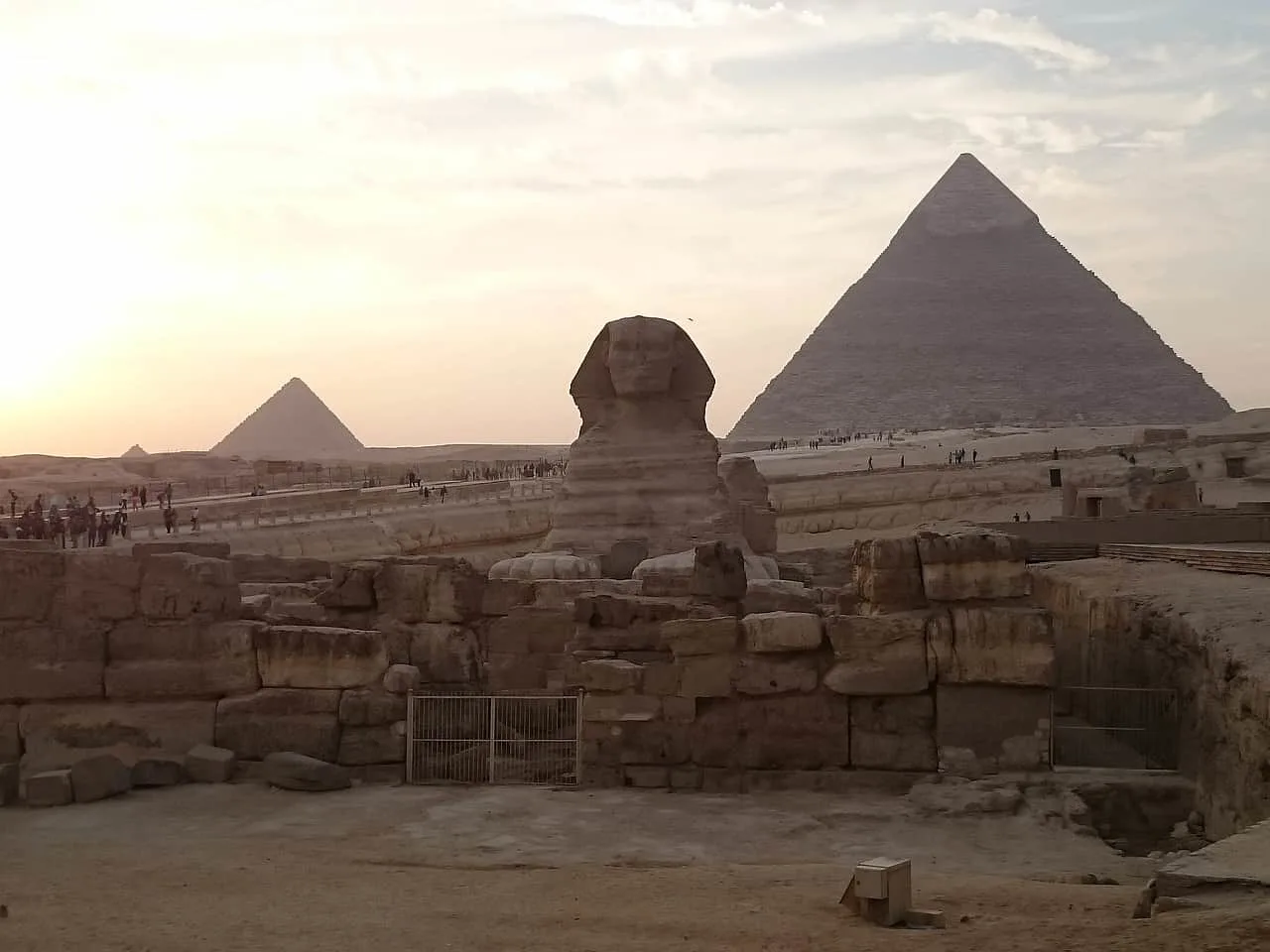
5. It was only given the name “Great Sphinx” 2,000 years after it was built
The Ancient Egyptians didn’t give us many clues, because there isn’t a single reference to the Great Sphinx in any of their writings, nor is there an explanation as to why the monument could have been built.
This also means that the Ancient Egyptians didn’t refer to the statue as a Sphinx, because this name dates back to classical antiquity and refers to a Greek mythological animal 2000 years later.
Ancient Egyptians in the New Kingdom, between the 16th and 11th centuries B.C., referred to the monument as the solar deity Hor-em-akhet, which translates to “Horus of the Horizon.”
6. The name of the statue sounds a lot scarier in Arabic
Whatever the Ancient Egyptians called the Great Sphinx surely didn’t resemble what Egyptians in modern times call the massive monument.
Today, people speaking Arabic in Egypt call it “Abu alhōl / ʼabu alhawl,” which translates to “The Terrifying One,” or the “Father of Dread,” which is a literal translation.

7. The face is believed to represent a famous Ancient Egyptian Pharaoh
If the commonly accepted theory is correct, then the face of the Sphinx most likely represents the Pharaoh Khafre, the builder of the second-biggest pyramid in Ancient Egypt.
He was also the son of Pharaoh Khufu, who was the builder of the Great Pyramid of Giza, the largest pyramid ever constructed!
This also means that it must have been built around 2500 B.C., a theory made strong because the Sphinx is located in the vicinity of the funerary complex which is part of the Pyramid of Khafre.
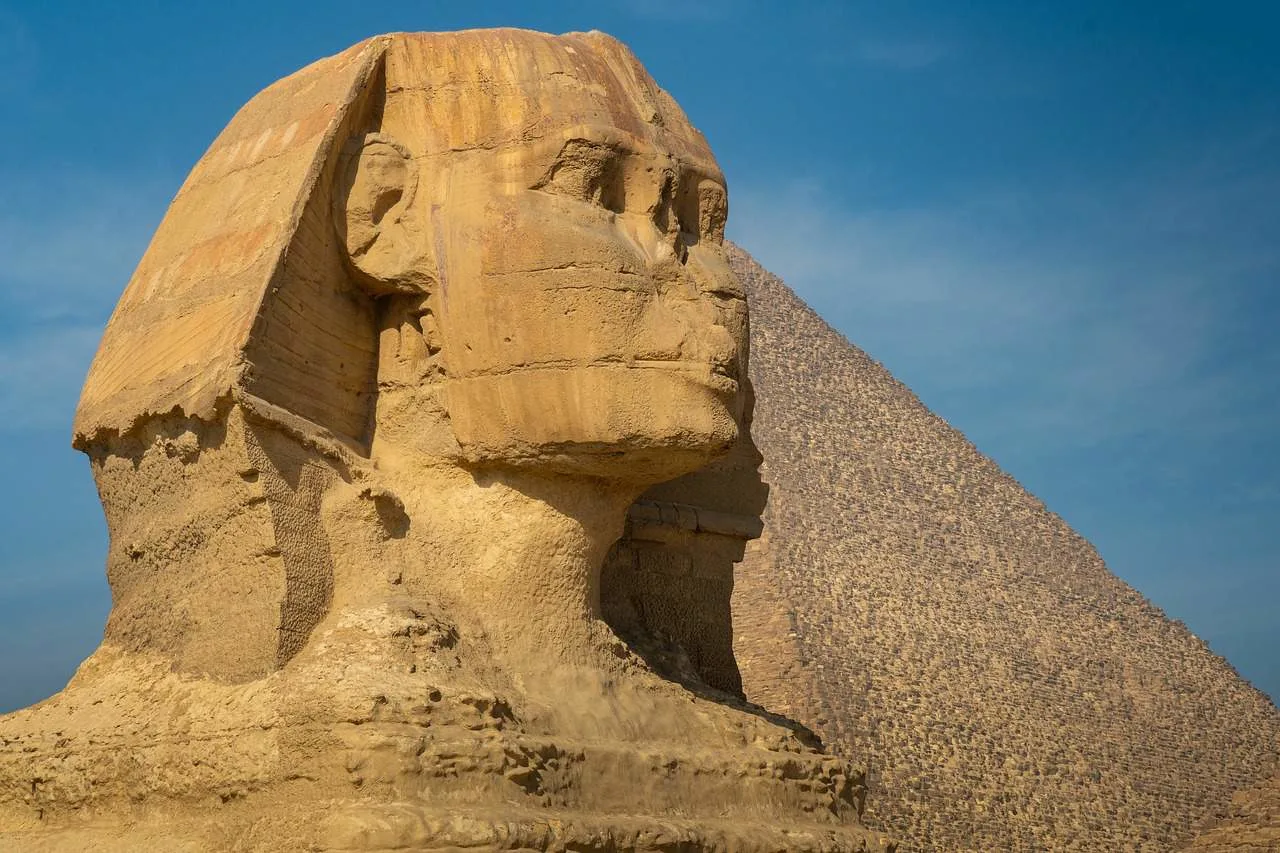
8. The Sphinx isn’t the only monument that the Pharaoh left behind
While Khafre didn’t build the largest pyramid, he did build a massive funerary complex consisting of two major temples and a great boulevard connecting the temples with the Pyramid.
The fact that the temples and the additional buildings were constructed in the same style as the Sphinx also strengthens the theory that this entire complex, including the Great Sphinx, were in fact built by Pharaoh Khafre.

9. There are many alternative theories as to who exactly built the Sphinx
One of the most fascinating facts about the Great Sphinx of Giza is that the earliest theories about it actually date its construction before the 4th Dynasty of Khufu, Khafre, and Mankaure.
Some archaeologists in the 19th century claimed that the Sphinx and the temple surrounding it were all built earlier, mainly because excavations conducted by Khufu and Khafre were done around the causeway and temples, concluding the Sphinx and temple must have been present already while the pyramids were being built.
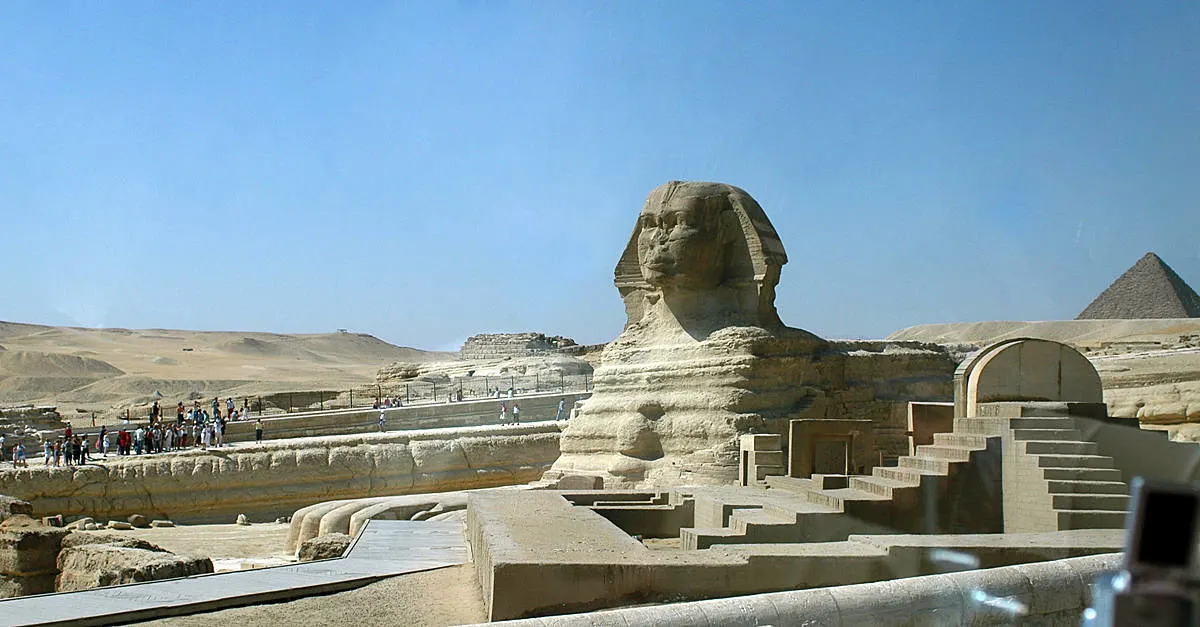
10. A French archaeologist claims that the statue was built by Khufu’s son
Perhaps the most remarkable alternative theory regarding the construction of the Great Sphinx was proposed by French Archaeologist Vassil Dobrev in 2004.
He claims that it was built by Pharaoh Djedefre (2528–2520 B.C.), another son of Khufu and half-brother of Khafre. He did so in honor of his father Khufu and identified him with the sun god “Ra.”
This would mean that the face actually represents Khufu and not his son Khafre!
Perhaps the mystery will finally be solved when excavations in 3 secret tunnels below the statue are successful, something which is currently underway!
11. The Sphinx has been buried beneath the sand multiple times
The Great Sphinx hasn’t always been completely visible as it is now. For the most part of its existence, it has been covered below the sand of the desert. Multiple attempts to excavate the Sphinx have been conducted, including twice in Ancient Egypt.
Pharaoh Thutmose IV (1401–1391 B.C.) was the first to attempt the uncover the massive statue, and which succeeded. Ramesses II the Great (1279–1213 B.C.) did something similar as well.
Apart from these brief periods, the Sphinx was only partially visible until modern excavations started!
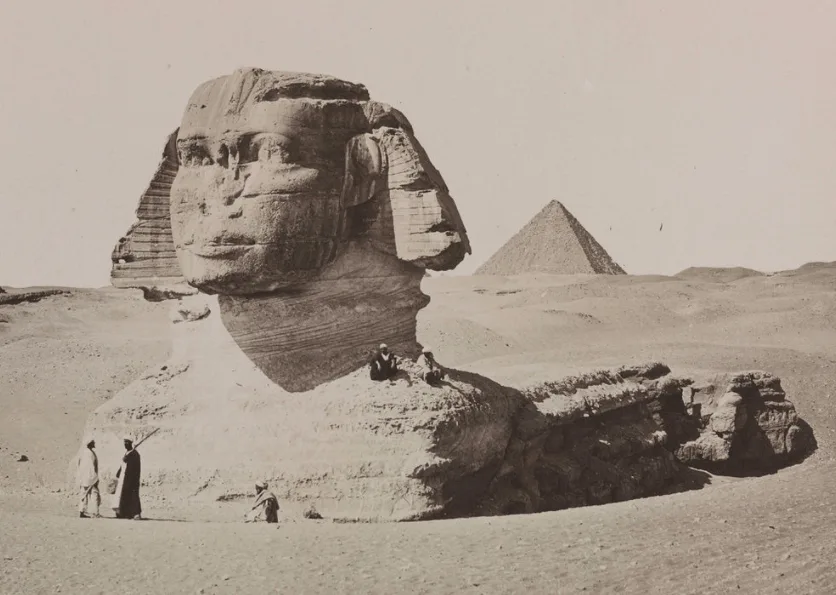
12. One Pharaoh once placed a large granite block between the Sphinx’ paws
The first man to excavate the Sphinx back in 1401 B.C., Pharaoh Thutmose IV, also left his mark on the statue. Between its paws, he placed a large granite block with an inscription.
This block is now referred to as the “Dream Stele” or the “Sphinx Stele” and the inscription mainly attempts to legitimize his divine powers as the King of Egypt.
Part of it reads:
I bestow upon thee the sovereignty over my domain, the supremacy over the living … Behold my actual condition that thou mayest protect all my perfect limbs. The sand of the desert whereon I am laid has covered me. Save me, causing all that is in my heart to be executed.
Inscription on the Dream Stele.

13. Modern excavations didn’t start until the 19th century
The first man to start an excavation project to uncover the Great Sphinx in modern times was Italian archaeologist Giovanni Battista Caviglia. His project started in 1817 and he managed to uncover the Sphinx up to its chest.
It wasn’t until the year 1887 that a French team of the Antiquities Service and its director Eugène Grébaut managed to completely uncover the Sphinx as we see it today.
Multiple restoration projects were conducted in the 20th century, including the restoration of the head of the Sphinx in 1931 and further work conducted on the base of the statue in the 1980s.
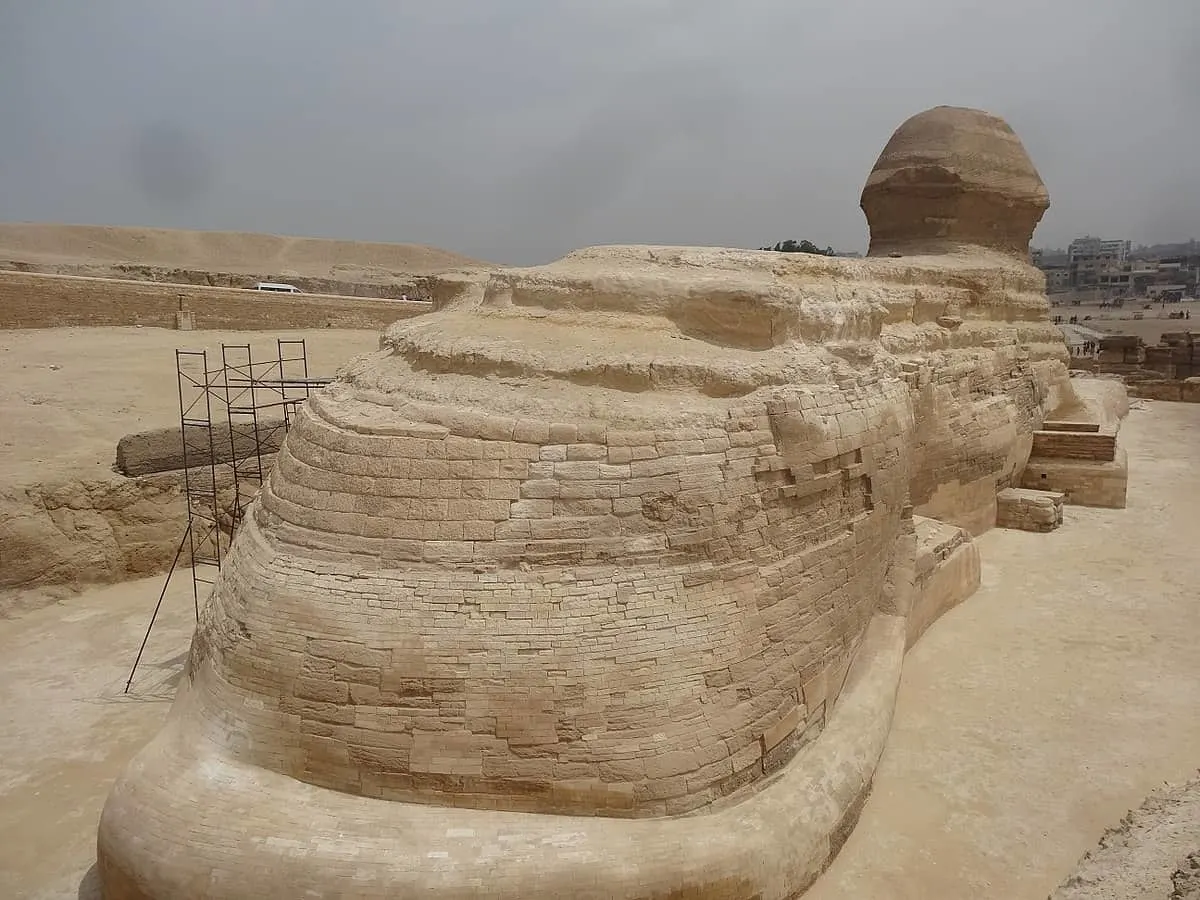
14. Nobody knows why the statue is missing its nose
One of the most intriguing facts about the Great Sphinx of Giza is that nobody knows exactly why it’s missing its nose.
One legend claimed that it was a cannon shot by Napoleon Bonaparte in the early 19th century that blew off its nose, but this has been refuted by drawings made earlier depicting the Sphinx without its nose.
Another theory based on an archaeological study conducted by American archaeologist Mark Lehner proposes it was removed with a tool between the 3rd and 10th century A.D.
An Arab historian of the 15th century named al-Maqrīzī claims it was removed by a Muslim leader named Muhammad Sa’im al-Dahr in the year 1378 A.D. because locals started making offerings to the statue for a better harvest. So he literally defaced the statue because of this blasphemy.
Either way, the 1-meter wide nose was chopped off somehow!
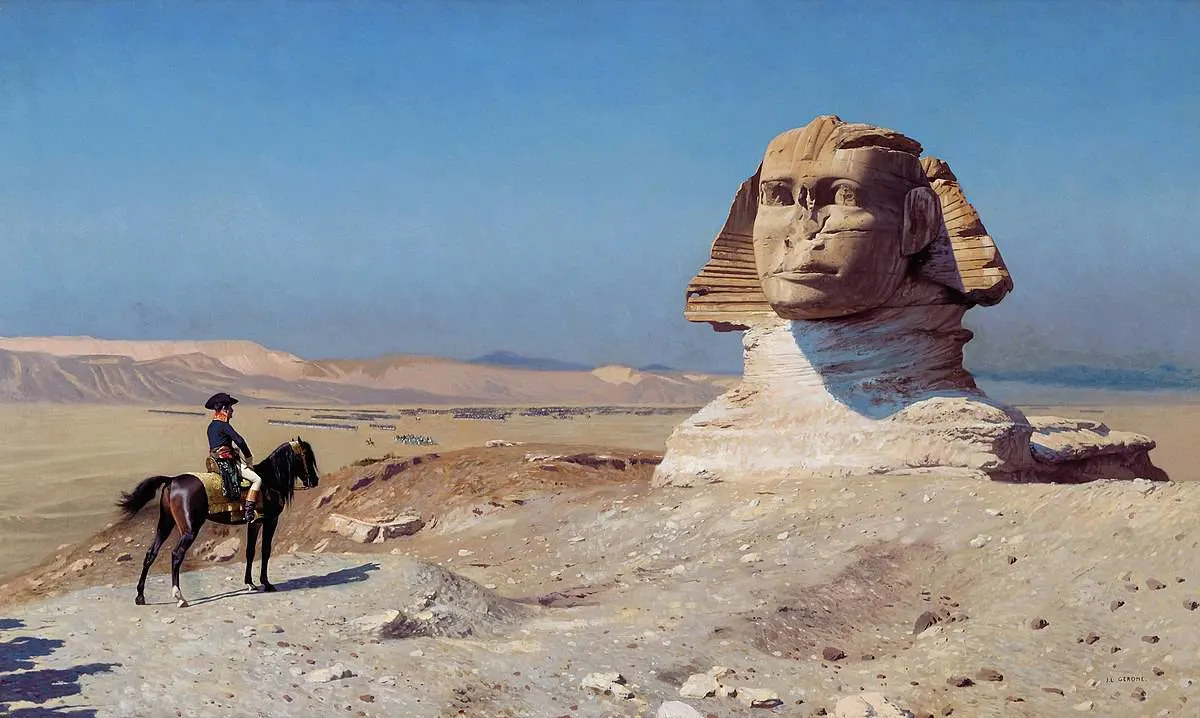
15. It’s likely that the Sphinx was extremely colorful in Ancient Egypt
Another archaeological study has uncovered colorful pigment residue located on the face of the Sphinx. These pigments are bright red, blue, and yellow.
This means that the dull and beige-appearing Sphinx was most probably extremely bright and colorful at the time it was completed, which must have been a fascinating sight to behold!
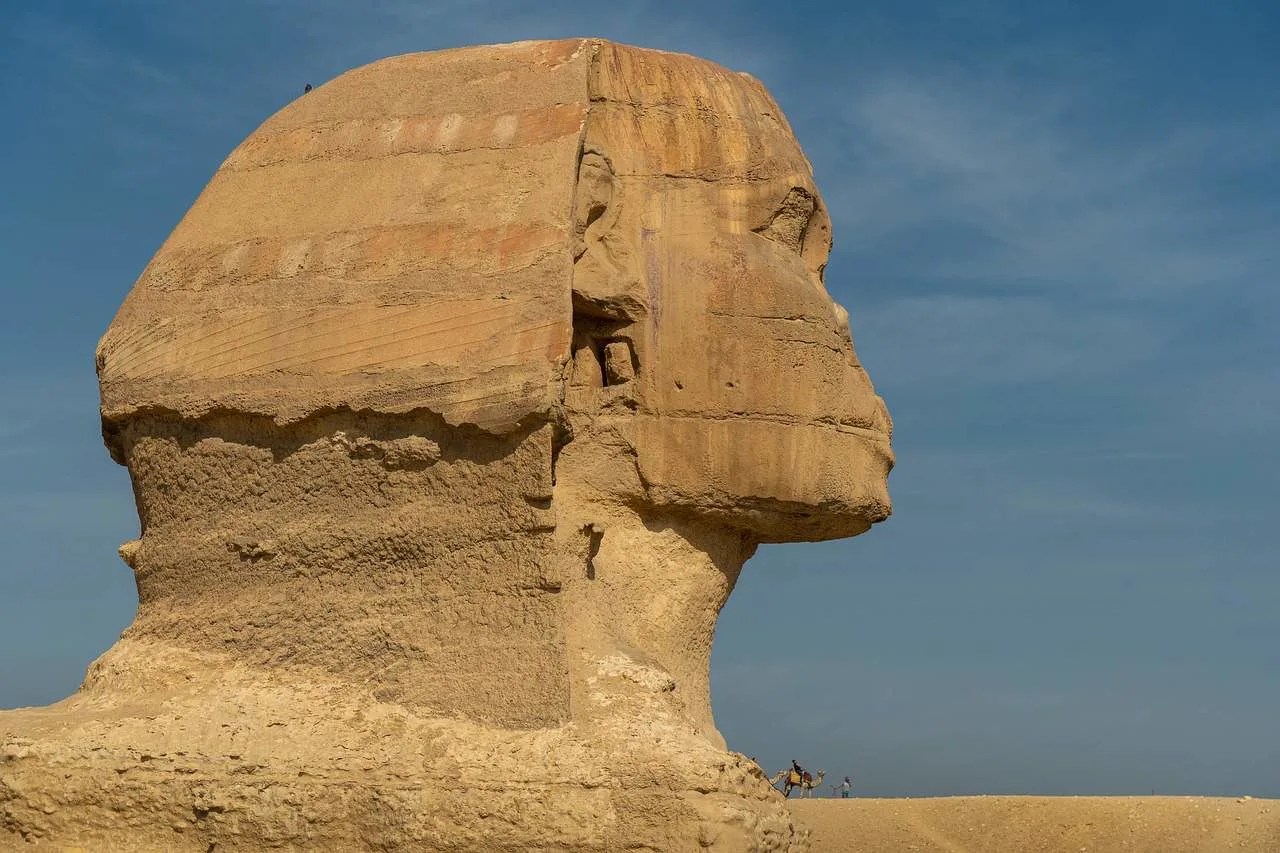
16. It was long thought that the statue had the face of a woman
While it’s now generally agreed that the Sphinx indeed has the face of a man, with the most probable individuals being either Khafre or his father Khufu, this wasn’t always the case.
Between the 16th and 19th centuries, most people assumed that the Sphinx actually had the face of a woman. Therefore, some early engravings of the Sphinx depict the monument as a woman as well.
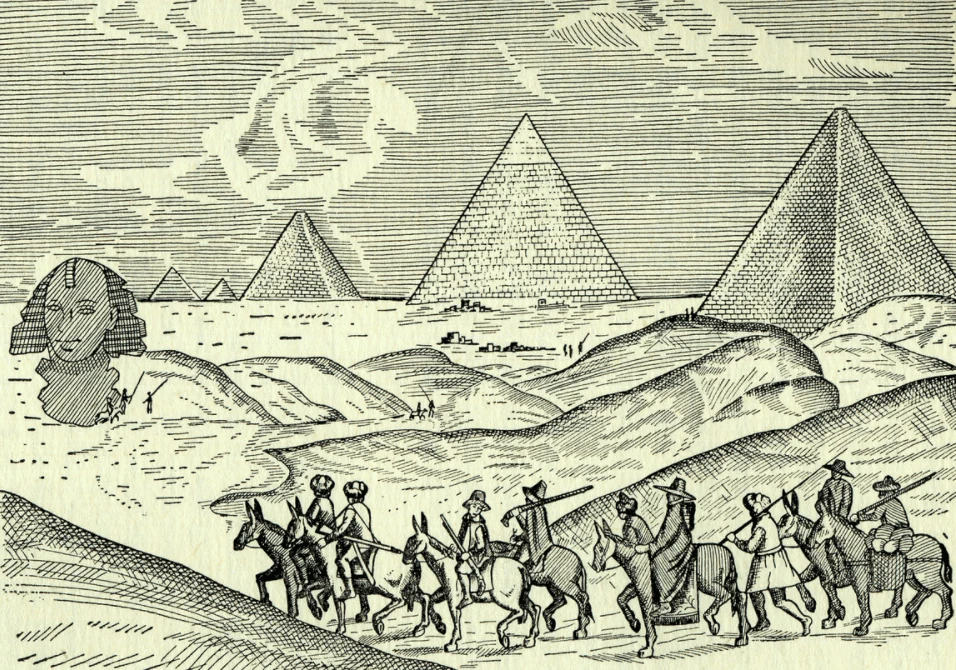
17. The Great Sphinx once had a beard
One of the most peculiar facts about the Great Sphinx of Giza is that it’s also assumed that the statue once had a beard, similar to how most of the statues of Pharaohs were depicted with ceremonial Pharaonic beards in Ancient Egypt.
It’s also assumed that this beard, which has been missing similar to the statue’s nose, wasn’t integrated into the original statue but added later on. This is for the simple reason that the chin would have been damaged as it fell down, which isn’t the case.
Part of what is assumed to have been the beard of the Great Sphinx of Giza is on display at the British Museum in London!
